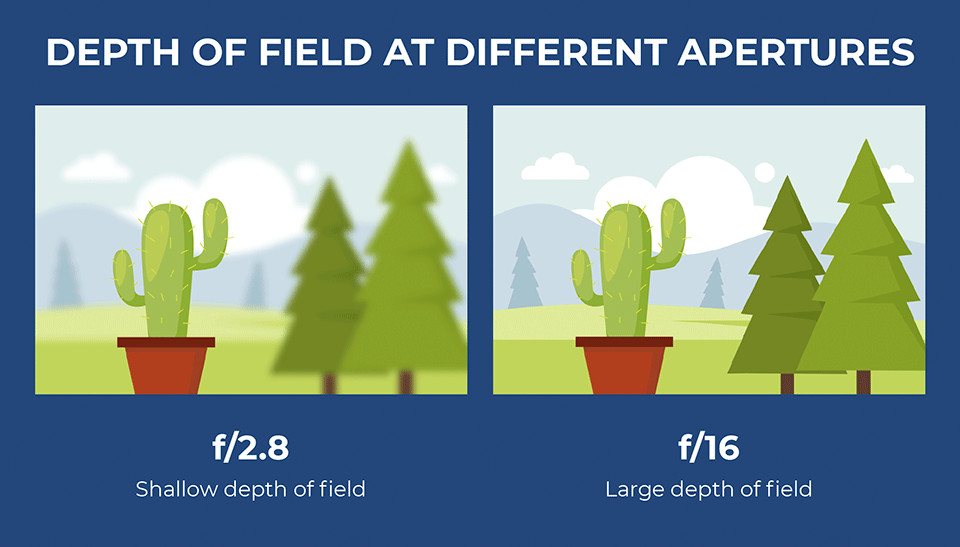


Light then hits the sensor before the shutter mechanism closes again. When you press your shutter to take a photo, the shutter mechanism opens to let the light in. In photography, this term relates to the opening of a lens. The literal meaning of aperture in optics is ‘a hole through which light travels’. See also: 11 Tips to Help You Capture Stunning Landscape Photographs.

Here, a tripod or an effective image stabilization system can help. These apertures are also harder to use when hand-holding a camera, as the smaller the aperture the longer the shutter speed you need – and at some point you simply won't be able to hold it steady enough to produce a sharp image. Small apertures, meanwhile, can make an effect known as diffraction more prominent, which also has a softening effect on images. Particularly wide apertures can also be tricky to use in bright conditions, as your camera may not be able to use a fast enough shutter speed to keep everything exposed correctly, which leads to overexposed images. Wide apertures are great for isolating subjects from their backgrounds, but images can be softer at these settings due to an effect known as spherical aberration. There are issues with using both very small and very wide apertures, so you need to judge this from scene to scene to understand which setting is most appropriate.

Read more: Cheat sheet: How to read a histogram (opens in new tab) Depth of field does, however, also depend on other factors, such as where you focus in the scene. Depth of field concerns the extent to which different areas in the scene are rendered in focus, and a photographer will typically use a medium or small aperture to achieve more definition throughout. Whichever mode you use, changing aperture has an effect on depth of field. Opening up, meanwhile, means doing the opposite. Ever hear these terms? Stopping down the lens or aperture simply means to make the aperture smaller, such as from f/8 to f/11.


 0 kommentar(er)
0 kommentar(er)
